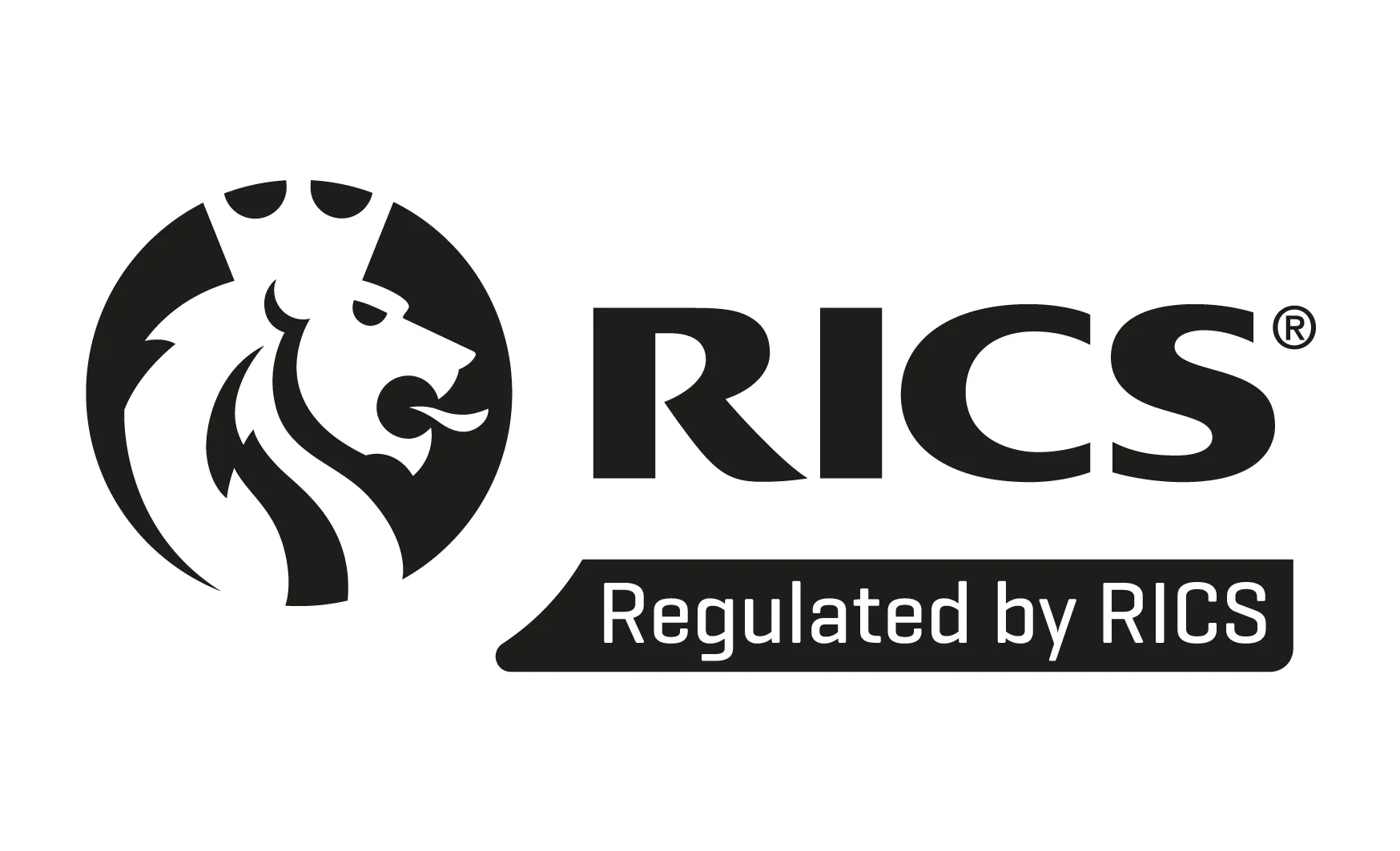Price and current lease
A property is bought for £10 million and the buyer incurred additional costs of 6.8% for land taxes, broker and lawyer. The rent is based on a full repair and insurance (FRI) contract of £800k per year, paid quarterly in advance. The Estimated Rental Value (ERV) is £900k. Rental growth – including depreciation assumptions – is expected to be on average 1.50% p.a. over the holding period. The lease will expire in 3 years’ time.
Vacancy assumptions
A one-year vacancy period is expected after the lease expires, during which retrofitting costs, today, would be for total of £2 million, but it is expected that these costs will grow based on inflation expectations which is 2.5% per year over the next ten years. These costs will be spread equally over the initial 6 (six) months that the property is vacant. Business rates are £400k p.a. and service charge is £50k per year. Business rates have a grace period of 3 months and is not expected to increase until the next rating year in 5 years’ time. Service charge will grow at the rate of inflation, similarly to capex.
Second lease
It is also expected that the new lease will be for a duration of 10 years, with a market rent review on the anniversary 5th year of the lease commencement. There will be a one year of rent-free period as tenant incentive and current open market rental value (OMRV) – based on similar, but retrofitted, properties which provide same tenant incentives – is £1.25m per year.
Letting fee is estimated to be 15% of the annual rent paid at the beginning of the signing of the new lease; the market review fee is 5% of the new net effective rent and this is to be paid when the new rent is received. New rental growth is expected to be 2.0% per year.
Holding period and exit value
The holding period is assumed to be 10 years and at the end of the period, the exit value is going to be a function of the expected rent in year 11 and a net exit yield of 8%. Purchaser’s costs are now 6.8% but it is expected the same percentage at exit for the new buyer. Sales costs are 1% and there are no other transaction costs or taxes that should be considered.
Questions:
- What is the discount rate applied to property?
- Assuming a risk-free rate of 3.0%, based on the Government bond yield with the same duration of the holding period, what is the implied property risk premium?
- What is net initial, reversionary, and equivalent yield of property?
- How does the equivalent yield and discount rate compare?
- If the discount rate were 5%, what would be the market value instead?
- What is the estimated rent to be received at the end of the rent-free period of the second lease?
- What is the estimated rent to be received for the first rent review of the second lease?
- What is the estimated exit value of the property?
- All else equal, if the exit yield were to change by +/- 1%, what would be the impact on the property value?
- All else equal, if the current market rent were to change by +/- £50k per year, what would be the impact on the market value of the property?
- Which other variables do you think could impact the market value of the property that were not mentioned in this exercise?











